|
Article Information
|
Author:
A. Fourie Bezuidenhout1
Affiliation:
1 Department of Radiodiagnosis, Stellenbosch University, South Africa
Correspondence to:
Fourie Bezuidenhout
Postal address:
PO Box 19179, Tygerberg 7505, South Africa
Dates:
Received: 07 Jan. 2014
Accepted: 16 Feb. 2014
Published: 20 June 2014
How to cite this article:
Bezuidenhout AF. Persistent
hyperplastic primary vitreous
– The martini glass sign. S
Afr J Rad. 2014;18(1); Art.
#597, 1 page. http://dx.doi.org/10.4102/
sajr.v18i1.597
Copyright Notice:
© 2014. The Authors. Licensee: AOSIS OpenJournals.
This is an Open Access article distributed under the terms of the
Creative Commons Attribution License, which permits unrestricted use, distribution,
and reproduction in any medium, provided the original work is properly cited.
|
|
|
|
Persistent hyperplastic primary vitreous – The martini glass sign
|
|
In This Signs...
|
Open Access
|
• Content
• Acknowledgements
• Competing interests
• References
|
|
Persistent hyperplastic primary vitreous (PHPV) is a congenital lesion due to incomplete regression of the embryonic ocular blood supply (hyaloid vasculature).1
It represents 28% of childhood presentations of leukocoria and is almost always accompanied by poor vision, micropthalmia and often retinal detachment.1
, 2
, 3
The absence of ocular calcifications helps distinguish PHPV from the more common retinoblastoma.4
The appearance of PHPV has been likened to that of a martini glass. The martini glass is represented by triangular retrolental fibrovascular tissue and a central tissue stalk of hyaloid remnant extending to the optic disc in Cloquet’s canal (see Figure 1a).5 The retrolental fibrovascular tissue and stalk-like hyaloid remnant are hypointense to isointense on T1- and T2-weighted images and show enhancement post contrast administration. The globe may be hyperintense on T1-weighted images; this may represent either subhyaloid or subretinal fluid with blood degradation products (methaemoglobin) or high protein content (see Figure 1b).11
 |
FIGURE 1: Axial T2-weighted (a) and axial T1-weighted (b) images show the triangular retrolental fibrovascular tissue (arrow 1)
and a central tissue stalk of hyaloid remnant in Cloquet's canal (arrow 2) representing the 'martini glass' sign; (b) Micropthalmia
and hyperintense vitreous (arrow) on T1-weighted image due to accumulation of blood degradation products or high protein
content compared to normal right globe.
|
|
Competing interests
The author declares that he has no financial or personal relationship(s) that may have inappropriately influenced him in writing this article.
1.Smirniotopoulos JG, Bargallo N, Mafee MF. Differential diagnosis of leukokoria: Radiologic-pathologic correlation. Radiographics. 1994;14(5):1059–1079. PMID: 7991814.
http://dx.doi.org/10.1148/radiographics.14.5.7991814
2.Küker W, Ramaekers V. Persistent hyperplastic primary vitreous: MRI. Neuroradiology. 1999;41(7):520–522. PMID: 10450848.
http://dx.doi.org/10.1007/s002340050796
3.Sun MH, Kao LY, Kuo YH. Persistent hyperplastic primary vitreous: Magnetic resonance imaging and clinical findings. Chang Gung Med J. 2003 Apr;26(4):269–276. PMID: 12846526.
4.Edward DP, Mafee MF, Garcia-Valenzuela E, Weiss RA. Coats’ disease and persistent hyperplastic primary vitreous. Role of MR imaging and CT. Radiol Clin North Am. 1998;36(6):1119–1131, x. PMID: 9884692.
5.Kaste SC, Jenkins JJ, Meyer D, Fontanesi J, Pratt CB. Persistent hyperplastic primary vitreous of the eye: Imaging findings with pathologic correlation. Am J Roentgenol. 1994;162(2):437–440. PMID: 8310942.
http://dx.doi.org/10.2214/ajr.162.2.8310942
|
|
Crossref Citations
1. Spotlight on the pediatric eye: a pictorial review of orbital anatomy and congenital orbital pathologies
Roopa Bhat, Mohannad Al-Samarraie, Ayman Nada, Carlos Leiva-Salinas, Matthew Whitehead, Eman Mahdi
The Neuroradiology Journal vol: 34 issue: 1 first page: 21 year: 2021
doi: 10.1177/1971400920949232